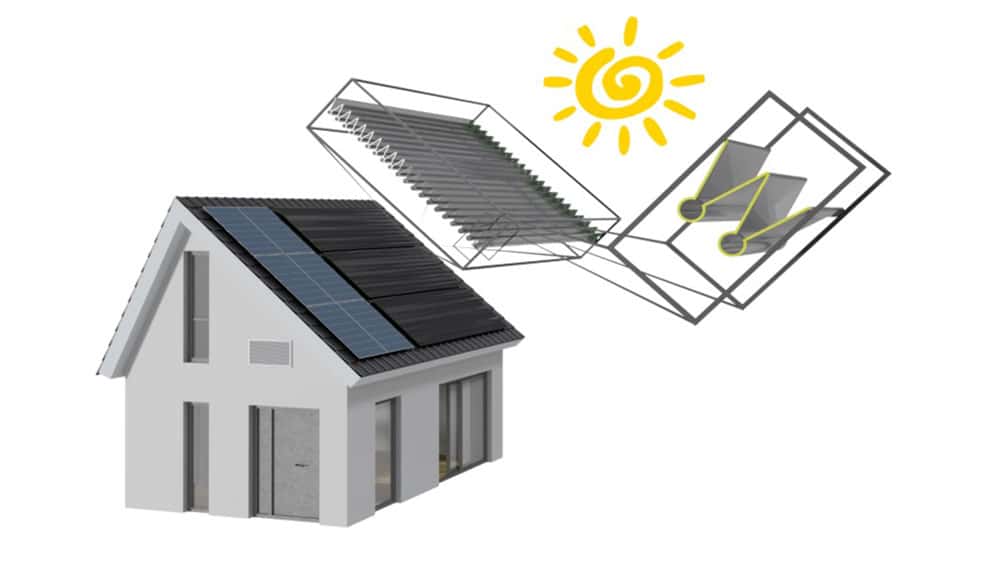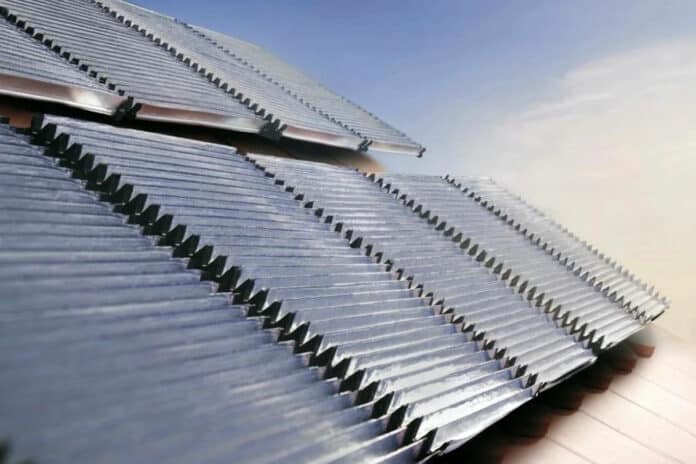Technologies replacing fossil energy carriers are essential for ways into a sustainable future. One promising research avenue involves using solar fuels and carbon feedstocks, which can be synthesized from carbon dioxide and water using sunlight.
However, until today, no solar-driven photocatalytic process that uses carbon dioxide and water as feedstock has been implemented at a significant scale due to the low photocatalytic efficiencies achieved and the high costs of photoreaction technology.
Now, researchers led by the University of Toronto and the Karlsruhe Institute of Technology (KIT) in Germany have introduced a concept for low-cost, high-efficiency, and modular milli-to-micro-structured photoreactors for converting water, carbon dioxide, methane, and nitrogen into greener chemicals and fuels.
The concept ensures sufficiently high photocatalytic efficiency without the need for sun tracking and with low cost in fabrication and operation.
The photoreactor concept consists of microstructured polymer panels coated with aluminum to achieve high reflectivity. The panel-like photoreactor contains hundreds of parallel microscale reaction channels. Each reaction channel is connected to a V-shaped light-capture unit that guides the light into the channel where the photocatalyst is located.
All surfaces have been made highly reflective to ensure that photons are transported from the external light source to the photocatalyst in the microchannels with minimal light losses.
The innovative design allows the photoreactor to capture photons at high efficiency under varying sun directions, eliminating the need for sun-tracking. The envisaged micro-channel arrays could be mass-manufactured through the extrusion of polymers, making them inexpensive and easily manufacturable at scale.

Researchers say future design adaptations could address the issue of intermittent sunlight by using light-emitting diodes integrated into the photoreactor as the photon source, powered by renewable electricity from photovoltaics and backed up by lithium-ion battery storage for continuous operations.
The new photoreactors model can be used on rooftops of houses and solar farms and integrated with photovoltaics to produce both renewable electricity and green chemicals and fuels.
“This technology has inspired the development of a new generation of solar-powered devices that instead make green fuels such as hydrogen from sunlight and water,” said Geoffrey Ozin, University Professor in U of T’s Department of Chemistry, in a statement.
“These solar products will substitute their fossil-based analogs – and will help to reduce our carbon footprint,” says KIT researcher Paul Kant. “This directly increases the chances that we will be able to reach the dream of a sustainably living humanity. Hopefully, we will even make it in time – without drastic temperature overshoot and related disasters.”
Journal reference:
- Paul Kant, Shengzhi Liang, Michael Rubin, Geoffrey Alan Ozin, Roland Dittmeyer. Low-cost photoreactors for highly photon/energy-efficient solar-driven synthesis. Joule, 2023; DOI: 10.1016/j.joule.2023.05.006
